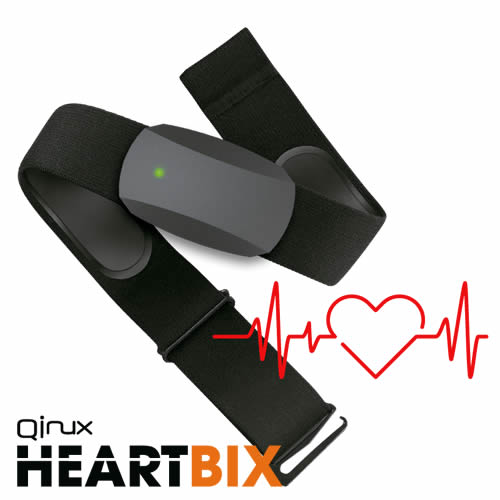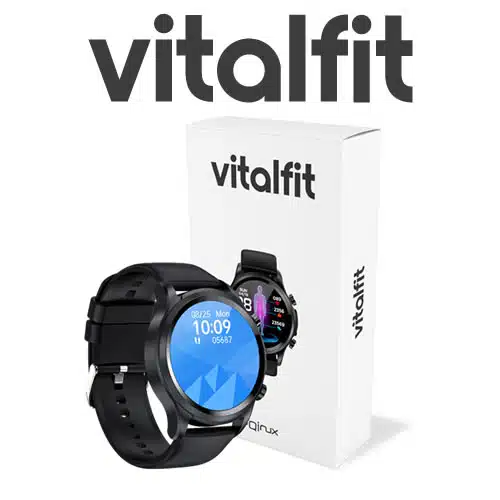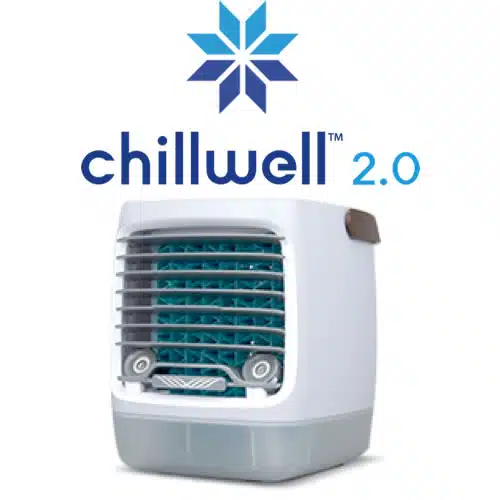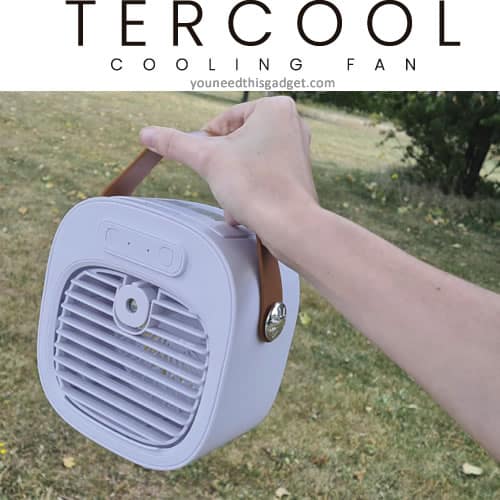
Learn to understand menstrual pain so you can combat it better
Menstrual pain, also known as dysmenorrhea, is a common problem that many women face during their reproductive years. It refers to cramp-like pain in the lower abdomen that occurs just before or during a woman’s menstrual period.
Different types of problems and discomforts can affect you
For some women, period pain may be mild and easily manageable, while for others it may be severe and debilitating. The intensity of the pain varies from person to person and the causes may also differ.
Know the main causes of menstrual pain
The main cause of this type of discomfort is usually caused by the contraction of the muscles of the uterus. During menstruation, the uterus contracts to help expel its lining, causing pain and discomfort.
Other more severe causes can cause stabbing and pain
In some cases, underlying medical conditions such as endometriosis, fibroids, or pelvic inflammatory disease can also contribute to period pain. Hormonal imbalances, stress, and lifestyle factors can further exacerbate symptoms.
Management of menstrual pain
While period pain cannot be completely avoided, there are several strategies that can help manage and relieve discomfort. Here are some tips and tricks:
Heat and massage therapy
Applying a heating pad or taking a warm bath can help relax the uterine muscles and reduce pain. Heat therapy is a simple and effective method that provides quick relief.
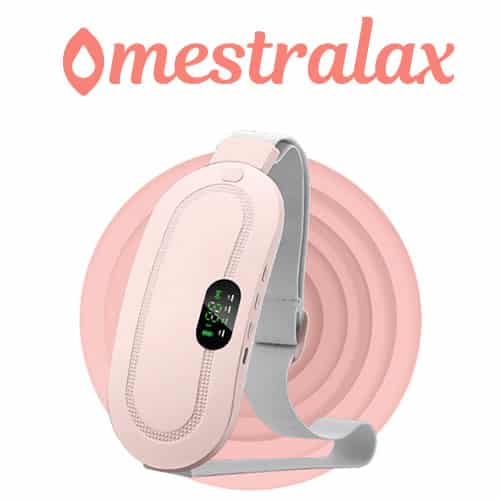
In addition to this, you can use it for both the lumbar area and the abdominal area, so that it helps with the most common discomforts.
Below you can see here our review of the heating pad menstrual Mestralax
Over-the-counter pain relievers for the most annoying twinges
Nonsteroidal anti-inflammatory drugs (NSAIDs), such as ibuprofen or naproxen, can help reduce inflammation and relieve menstrual pain. It is important to follow the recommended dosage and consult a health professional if necessary.
Exercise and stretching to accustom the body to possible discomfort
Performing light exercise and stretching can help increase blood flow and release endorphins, which act as natural pain relievers. Activities such as walking, yoga, or gentle aerobic exercise may be beneficial.
Dietary changes on days of increased menstrual flow
Eating a balanced diet rich in fruits, vegetables, whole grains, and lean proteins can help relieve period pain. Avoiding excess caffeine, alcohol, and processed foods can also make a difference on the toughest days.
Stress and anxiety management
Stress can make period pain worse. Incorporating stress management techniques, such as deep breathing exercises, meditation, or hobbies, can help reduce stress levels and minimize pain.
When to seek medical help due to period pains
While mild menstrual pain is common, severe or debilitating pain should not be ignored. If pain interferes with your daily activities or if you experience any unusual symptoms, it is important to see a healthcare professional for further evaluation and appropriate treatment.
Conclusions on ways to deal with menstrual cycle pain
Discomfort and some mild twinges are a natural part of a woman’s menstrual cycle, but they don’t have to be life-altering. By implementing these tips and tricks, you will be able to effectively control and alleviate much of the discomfort caused by menstruation, allowing you to carry out your daily activities with ease.

Hello, my name is Franc. Gayet and I am the author of this blog.
Since 2020 I have carried out more than a thousand reviews and comparisons of products, consulting all the data provided by the distribution companies and carrying out tests on them.
I have specialized in testing home, health and internet electronic products. I have configured and tested hundreds of gadgets for evaluation.
I also collaborate directly with users to resolve questions about the products, the purchasing processes and any problems they may have related to the evaluated products.
If you have any questions, do not hesitate to contact me or leave your question in the comments area.

